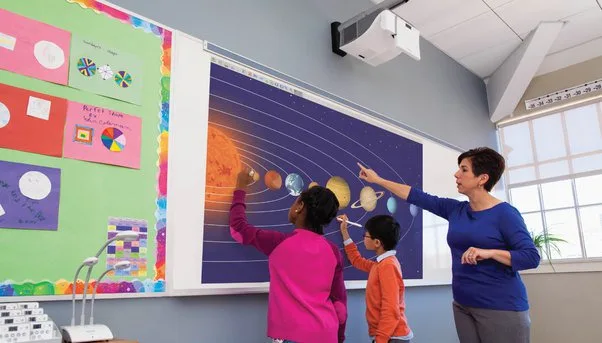
In today’s rapidly evolving digital landscape, audio video equipment plays a pivotal role in various industries and personal endeavors. From professional videography to casual content creation, having the right equipment can significantly impact the quality and effectiveness of your output. In this article, we’ll delve into some common types of audio video equipment, their uses, and the pros and cons associated with each.
1. Cameras
Uses:
Cameras are the cornerstone of any audio-video setup. They capture visual information and are used in a wide array of applications, including photography, videography, live streaming, and more.
Pros:
- High Quality Imagery: Modern cameras offer high-resolution images and videos, providing stunning visual clarity.
- Versatility: Different types of cameras cater to various needs, including DSLRs, mirrorless, action cameras, and professional cinema cameras.
- Interchangeable Lenses: Many cameras allow you to change lenses, providing flexibility in capturing different perspectives and styles.
Cons:
- Cost: Professional-grade cameras can be expensive, especially when combined with quality lenses and accessories.
- Learning Curve: Mastering advanced camera settings and techniques may take time and practice.
2. Microphones
Uses:
Microphones are essential for capturing clear, high-quality audio. They find applications in podcasts, vlogging, music production, filmmaking, interviews, and more.
Pros:
- Improved Sound Quality: A good microphone captures audio with greater fidelity, reducing background noise and providing clearer voice recordings.
- Directional Control: Different microphones have various pickup patterns, allowing for precise sound capture from specific directions.
- Diversity of Options: There are various types of microphones, including condenser, dynamic, lavalier, and shotgun, each suited for specific applications.
Cons:
- Environmental Considerations: External noise and acoustics can affect microphone performance, necessitating additional equipment like pop filters or soundproofing.
- Compatibility: Some microphones may require specific interfaces or adapters to connect to certain devices.
3. Lighting Equipment
Uses:
Lighting equipment is crucial for setting the mood, eliminating shadows, and ensuring a well-lit subject in both photography and videography.
Pros:
- Professional Quality Results: Proper lighting enhances the overall visual appeal of your content, making it more engaging and visually appealing.
- Control Over Ambiance: Adjustable intensity and color temperature allow for customization, ensuring the right mood for your content.
- Consistency: Continuous lighting setups provide a consistent illumination level, crucial for long shoots or live streaming.
Cons:
- Cost and Space: High-quality lighting equipment can be pricey, and setting up a comprehensive lighting rig may require significant space.
- Heat Emission: Some powerful lights generate heat, which can be uncomfortable for subjects and may require additional ventilation.
4. Tripods and Stabilization Equipment
Uses:
Tripods and stabilization equipment help maintain steady shots, whether for photography or videography.
Pros:
- Stability: Eliminates shaky footage or images, resulting in professional-looking content.
- Flexibility: Tripods and stabilizers come in various sizes and styles, catering to different shooting environments and techniques.
- Hands-Free Operation: Allows for hands-free shooting, especially useful for self-recording or when capturing dynamic scenes.
Cons:
- Portability: Some professional-grade stabilizers and tripods can be bulky and heavy, making them less suitable for on-the-go shooting.
- Cost: High-quality stabilization equipment can be a significant investment.
Conclusion
Selecting the right audio video equipment is crucial for achieving the desired results in your creative projects. Each type of equipment comes with its own set of advantages and disadvantages, so it’s essential to assess your specific needs, budget, and intended application before making a purchase. With the right gear, you can elevate the quality of your content and achieve professional-grade results.




